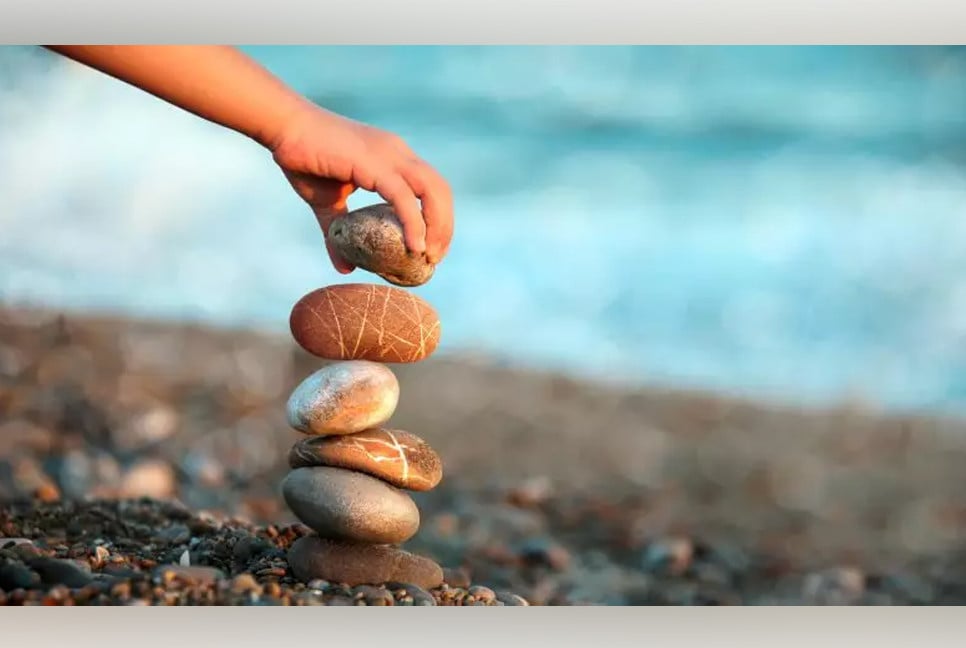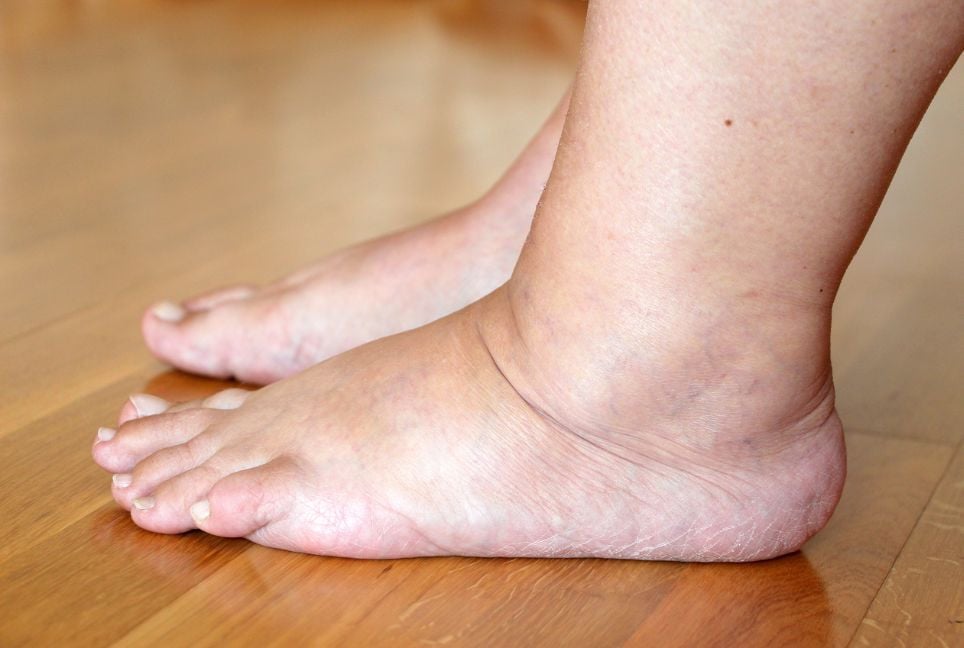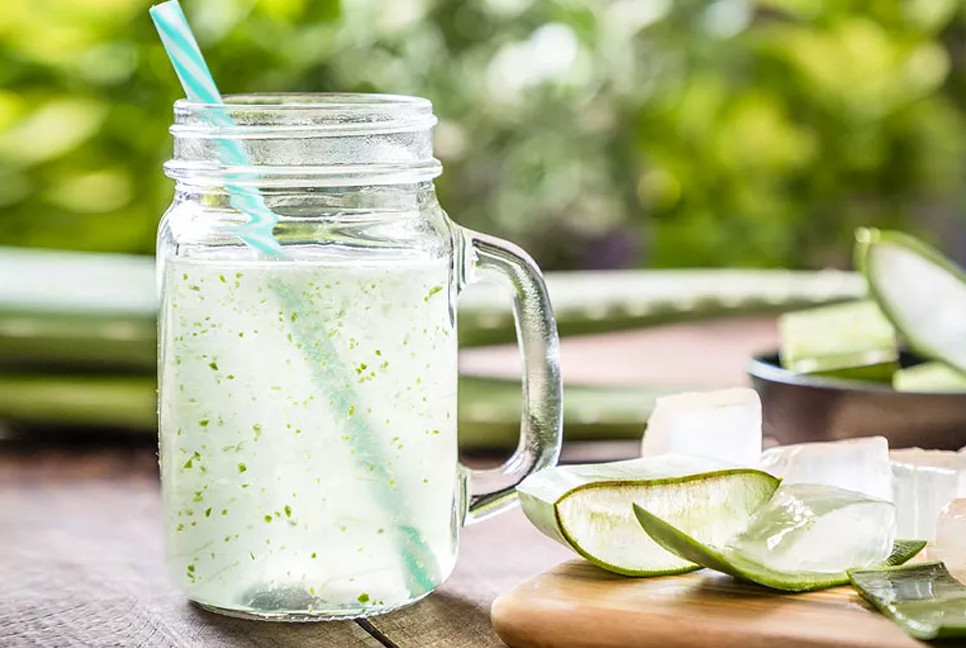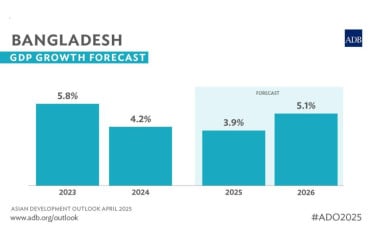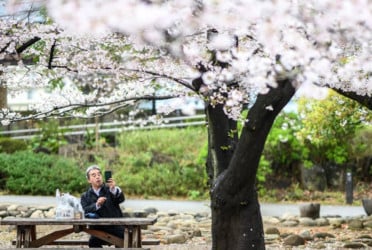In the age where sustainability is on the rise, consumerism is constantly being questioned and many of us are experiencing social media fatigue, you may find yourself searching for a new approach to life. Let us introduce you to your new philosophy: lagom.
The Nordic countries seem to have a few secrets up their sleeves when it comes to living a happy, content life. The Danes have hygge, the Norwegians have koselig and as for the Swedes? They have lagom.
Pronounced “lah-gom”, lagom is a Swedish way of living that translates to “not too little, not too much” or “just right”. But lagom is more than just a Goldilocks attitude or perfectly portioning your food. To live lagom is to live balanced, slow and sustainably.
The Swedish proverb “Lagom är bäst”, meaning “The right amount is best”, is underscored by the concept of slow living, where sustainability, mindfulness and purposeful actions pave the way to a content, joyful life. As Niki Brantmark, author of Lagom: The Swedish Art of Living a Balanced, Happy Life, writes: “By deliberately seeking a more manageable, comfortable, balanced way of doing things (and finding perfection in imperfection), you’re not just taking the pressure off yourself — you’re taking the pressure off others, too. And you’re gaining more of today’s most precious resource: time.”
Lagom happens to be one of those terms that answers all of life’s questions: How are you? Lagom; What’s the weather like today? Lagom; or perhaps you’re looking for a lagom work–life balance. Think of lagom as the ultimate antidote to the chaotic and clutter of modern life; the key to growth and new beginnings.
Creating a “lagomist” world
The pandemic shifted every aspect of life as we knew it, from the economy to work to life in the home. As many of us search for our new “normal”, we are seeking a more mindful approach to the everyday. As a global community, we lack a sense of lagom and are instead driven by excessive consumption and a bigger-is-better attitude. As Swedish activist and climate change warrior Greta Thunberg said, “We are in the beginning of mass extinction, and all you can talk about is money and fairy tales of eternal economic growth.” Society as we know it does not understand the concept of just enough.
Our world is one of an excess that is hard to comprehend. We live in a world of 7.67 billion people; we gaze at billions of stars in the sky each night; we applaud and reward the billionaires who have more wealth than 60 per cent of the population — all without being able to cognitively understand what one billion even looks like. To put this into perspective, one million seconds is 11 days; one billion seconds is 32 years.
This lifestyle is the antithesis of a lagom mindset: having so much of something you cannot even fathom it. Economic stability is necessary for the world to function and for us to live our everyday lives, but this post-pandemic era is the perfect time to re-evaluate our goals and idea of prosperity. As we rebuild economies across the globe, we should do so with new models that prioritise areas we want to thrive in. One such example of this is measuring national prosperity not by looking at GDP, but by measuring happiness.
The World Happiness Report was launched by the UN in 2012 and has since seen countries such as New Zealand prioritise national wellbeing through investing in mental health, easing financial hardships, better healthcare and sustainable land-use packages. It is the perfect example of lagom in action on a larger scale, turning away from material things and towards complete equilibrium. And it should come as no surprise that the top six happiest countries — Finland, Denmark, Switzerland, Iceland, the Netherlands and Sweden, respectively — have mastered the Scandi art of contentment and balance.
Lagom your life
To achieve lagom on a global or even local scale, we must first be able to master the art of lagom as individuals. This goes above and beyond a sustainable-focused mindset — although that certainly underscores the whole concept. Lagoming your life requires a full reset of your mindset, habits and home. Ready to give the Swedish lifestyle a go? Here are a few ways to bring more lagom into your life.
Have a daily fika
The Swedish certainly know how to inject mindfulness into their daily lives. A fika is essentially a coffee break, usually enjoyed with a sweet treat, that is taken each day. But it is more than just a coffee break — it’s a state of mind, a daily ritual, a time to take pause and have a laugh with friends. And not unlike the Spanish siesta, it is an inescapable part of life in Sweden. Even offices and schools have designated fika schedules.
But a fikapaus is more than just enjoying a break and a coffee or tea. It’s about connecting with your friends and colleagues and being able to escape the mundanity of the nine-to-five. Studies have shown that a designated work break or two a day results in a boost in team morale and improved creativity on the job (we’ve all had an idea or two sparked by hallway conversation). And there’s a reason why the Pomodoro Technique (work for a set amount of time followed by a short break, then repeat) is so popular all over the globe. With burnout rates at an all-time high, perhaps we should all be making time for fika each day.
Adopt the morgondopp
Much like Australia, Sweden is blessed with a beautiful coastline and close to 100,000 lakes, so it’s no surprise than the morgondopp (morning dip) has become a morning ritual for many. To the Swedes, there’s nothing more awakening than a morning dip in the cool Scandinavian waters — not even a cup of coffee. Studies have shown that cold-water swimming can boost your immunity, burn calories quicker, reduce stress, improve your circulation and even increase your libido. The morgondopp is also a great way to get your blood pumping and your body moving before the workday starts. Don’t live near a body of fresh or ocean water? A cold blast to end your morning shower should do the trick!
Create a capsule wardrobe
Lagom living is all about a less is more attitude; and when it comes to sartorial sustainability, a capsule wardrobe is key. Fast fashion has tricked us into thinking we need the trendiest clothes, multiple outfits for every occasion and enough — essentially that we must own everything. But this has created an environmental nightmare, with upwards of 13 million tonnes of textile waste being generated each year. A capsule wardrobe is the answer to the what-to-wear dilemma, made from a carefully curated range of transeasonal pieces that outlive trends. Think of it as an expansion of the old reliable “jeans and a nice top”, tailored to your personal style.
In true lagom fashion (pun intended), a capsule wardrobe eschews maximalism, instead opting for a refined and versatile collection that lasts the distance. But this doesn’t mean your wardrobe has to be all black, white and neutrals. The best part about a capsule wardrobe is that you can inject your own personality, colour and mood into every outfit.
Upcycle & repurpose
In 2019, IKEA launched a lagom campaign featuring a range of “products” that didn’t cost a thing — trellises made from old utensils, tins transformed into pencil holders and cupcake trays becoming planters. This marked an IKEA first: the global superstore wasn’t marketing for sales. They were promoting a more sustainable lifestyle, where consumers use just the right amount of what is needed and look to current possessions that can be repurposed before buying new.
Upcycling and repurposing can be as easy as saving empty spice jars for homemade spice mixture or transforming glass bottles into vases. But you can also take upcycling to the next level. Try a “furniture flip” and breathe new life into a much-loved household staple through a fresh, colourful coat of paint or new fabric. Transform your old tees and sweaters into a cuddly toy for your dog. Create a bookshelf or plant hanger from an old ladder. Let your creativity shine through — there are no rules.
De-clutter your habitat
Just like your wardrobe, your home is likely packed with items that you don’t really need. Your living spaces should be cosy, not cluttered — and that may mean completely Marie Kondo-ing your home. The idea is that everything should serve a purpose. Start with your bedroom. This should be a comforting and calming sanctuary. Stepping into your room should feel like a warm hug, welcoming you home and melting away all the stress and chaos of the day — which means leaving all technology at the door. Switch your phone for an analogue alarm clock and keep your laptop in the office.
The Swedes also take comfort in the bedroom to the next level with a two-doona system if you’re sleeping next to someone. This way, you get to cosy up or cool off as much as you like and you’ll never have to fight a blanket thief again.
Once you’ve got your bedroom sorted, it’s time to lagom the rest of your home. Bring the outdoors into every room by adding greenery and letting as much natural light as you can into your spaces. Opt for natural materials — think linen, wood and cotton — and remember new isn’t necessarily always better. There’s an art to redecorating your home the lagom way. As Brantmark writes, “The art, I’ve discovered, is slowing down and taking your time to search for meaningful, purposeful items, such as a comfortable, ergonomic chair for reading, plants that help clean the air or an ornament that puts a smile on your face.”
Random acts of kindness
Living lagom is all about balance and performing little acts of kindness to boost the happiness of those around you may help perfect the karmic balance of the world. It doesn’t have to be a grand gesture or even cost anything. You might leave a handwritten note in a library book, deliver a home-cooked meal, plant some sunflower seeds in a local garden to bring a smile to the faces of passers-by, pick up a few pieces of rubbish wherever you go or shout the next person in line their morning coffee. The point is to put good energy out into the universe. Chances are you’ll be met with a beaming smile and gratitude, which becomes infectious. Keep in mind that balance ebbs and flows, you just need to ride the wave.
Mindful listening
Have you ever been in the middle of a conversation and feel like you haven’t heard a thing? Or felt like you’re not being heard? It’s not an uncommon habit and our minds can sometimes wander, but listening is such an important skill to have and integral to making your conversation partner feel validated. Giving your full attention to a conversation allows you to immerse yourself in the moment and makes for conflict-free communication.
Mindful listening removes the need to talk just for conversation’s sake and allows both parties to fully absorb what is being said. You might even learn something new! Here are a few techniques you can try.
- Put down or switch off any distractions.
- Take a few deep breaths to centre yourself in the moment before the conversation starts.
- Let the other person finish their full thoughts and take pause before you reply. This will help you to take in all the facts and form an honest and well-formed response.
- Ask open-ended questions to encourage the other person to respond freely.
- Take note of the other person’s body language. A good listener takes in more than just verbal cues!
- Keep an open mind and notice when your mind wanders. This is important to keep.
Lagom may just be the breath of fresh air you need in a post-pandemic world. Stay present, maintain a sustainable mindset, indulge a little from time to time and you’ll find that living lagom comes naturally.
How to create a capsule wardrobe
There’s no right or wrong way to create a capsule wardrobe, but here are some tips to get you started.
- Collate a list of your favourite brands, style icons and your own current pieces that you reach for again and again. This will help you further define your personal style.
- Consider what you wear the most, what you hardly wear at all and what you need in your collection. A good rule of thumb is to ask yourself if you have worn an item in the past three months or will wear it in the next three. If the answer is no, into the donation bin it goes.
- Before you buy your next piece, ask yourself if you really need it — will it work with your current wardrobe? Will you want to wear it after the trend dies out? Do you love it? If your answer is “yes” to all these questions, you’ve found your new capsule staple.
- Follow the “one in, one out” rule. Each time you bring a new garment home, choose one (or two!) from your current rotation to donate or upcycle.
- Where possible, shop and sell at thrift stores. The best way to reduce your fashion footprint is not to buy new clothes at all, so by buying and selling at your local thrift store, you are contributing to a circular fashion model that is about as sustainable as it gets.
Source: wellbeing.com
Bd-pratidin English/Lutful Hoque

